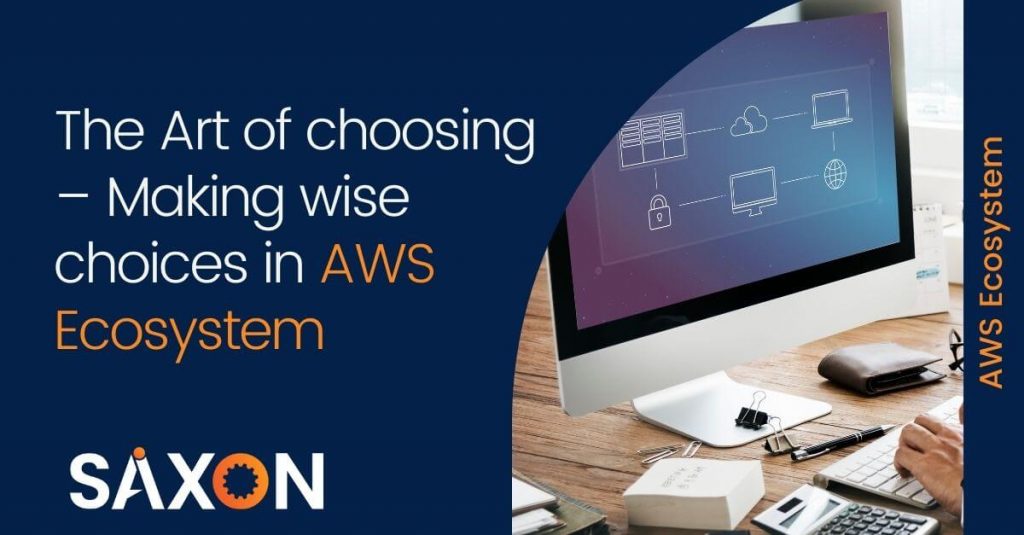AWS Pricing models & Cost analysis approach
The first step towards cost optimization is developing the awareness of the various AWS compute options.
AWS has made a continuous stream of product releases for over a decade now, and customers must have a fair understanding of the list of features to make the right choice for the building blocks of the AWS infrastructure that drive cost savings.
Customers often feel overwhelmed with these newfound clouds’ freedom & a plethora of options to architect potential solutions. To make wise cost-optimized decisions, customers need the know-how about on-demand instances, Spot instances (spot blocks, spot fleet), Reserved instances (standard, convertible and scheduled) along with the pricing options, savings plans (Compute and EC2), capacity reservations(Regional/Zonal), AWS Marketplace, etc.
Every use case is unique and thereby dictates the choices we make.
Further, your current AWS setup, cost management methodology, and cloud maturity level will influence the choice.
More compute options, which have become available since 2006, have provided much needed for greater flexibility for the customers; at the same time, choosing the most suitable option has gained significance. Now, let us travel the timeline to uncover the options.
Some of the above options are too restrictive and complex to manage, absorbing too much time and effort to get the value back from them, while other choices are relatively flexible with few limitations. One has to go through the right-sizing process to ensure the correct resources were being acquired.
Few questions to consider before you make the final choice:
- Are you looking for guaranteed capacity reservations?
- Is it mandatory or optional to have any disposal strategy in AWS market place?
- Have you come up with the pricing strategies of a single instance category vs. a combination of the instance categories?
- If your compute consumption more volatile?
- Are you looking to tag these services to a specific cost center or resource group?
- Have you made a comparison between the least expensive option vs. your preferred option?
- If risk analysis of overcommitment was made?
- Have you done a detailed analysis of actual usage needs?
- Are there any badly managed processes with little cost control?
- Are you aiming for huge flexibility when you have the bulk of relatively predictable workloads?
- Do you have the information about your tech stack, if they have to shift under your fleet?
- Do you have well-run RI brokerage processes in place, or is there any need to change the regions/instance families?
- Do you foresee any need to switch from dedicated to a shared tenancy?
Parting words
It is important that you plan appropriately to make the correct commitment. Invest a good amount of time in understanding your existing environment and the best way to leverage the variety of services provided by AWS. When it comes to the cost optimization aspect, a recommended path is to focus on a scenario-based approach by comparing all the above options, their pros, and cons, the volatility/rigidness/consumption/nature of your workloads prior to implementing in small/medium/large enterprises.

